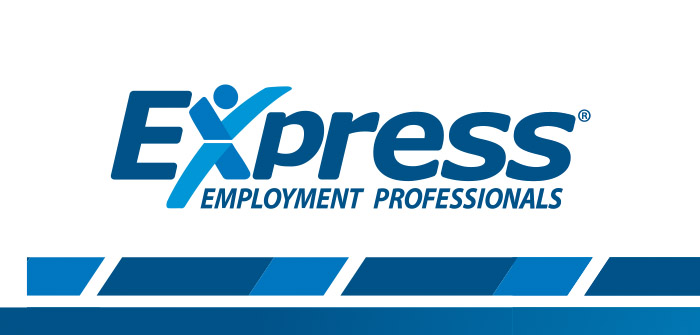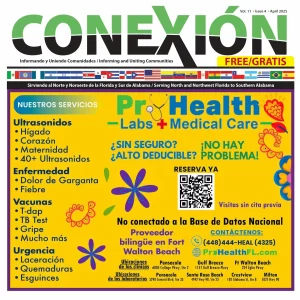by James C. Price
Source: Express Employment Solutions, Refresh Leadership Newsletter, July 2020
Maintaining a productive workforce is the key to having sustainable success in business. However, with companies adapting to the current economic climate due to closures and social distancing measures, keeping top talent can be difficult. Not only do organizations need to focus on recruiting methods when opening up this summer, they also need to develop best retention practices to ensure stability as the economy ramps back up in the third and fourth quarters.
And with the economy facing tremendous hurdles, one thing a company cannot afford to lose is its employees. According to a study by Employee Benefits News, the average cost of losing an employee is 33% of their annual salary. So, retention needs to remain a major focus.
One of the key measures to retaining workers is building employee loyalty. For businesses that furloughed workers amidst temporary closures, or had to lay off employees due to economic hardships, rebuilding loyalty is paramount to ramping up business efforts.
Enhance Employee Development Plans
Though some professional development plans may have been put on hold during these past few months, it’s more important than ever to pour energy back into your workforce. Employees want to work for a company that invests in their future. And the best way to do this is through education, cross-training or tuition subsidies to name a few.
According to a BlessingWhite study, most employees who were willing to quit their job cited lack of career opportunity, with 26% citing lack of growth opportunities. If your business doesn’t have the capital to invest in development now, what you do have is time and talent. An inexpensive way to utilize these tools is through mentoring programs and cross-training among employees. These are all great ways to engage your workforce and build excitement about their roles.
Continue to Create Culture
A company’s culture is the heartbeat of the organization. It ties everything within a business together, binding values, mission, work ethic, and environment. It is one of the most important tools a company has for retention and loyalty. In LinkedIn’s Workplace Culture report, 86% of Millennials say they would consider talking a pay cut to accept a position at a company with a mission and values that align with their own. And a Hays report found that 43% of workers are seeking a new job with culture being the main reason.
Employees want to work for a company they believe in and also work in an environment where they feel safe and secure. Your culture is your key to not only recruiting new talent this year but also retaining your current workforce.
Engage Your Employees through Empathy
If your business was forced to temporarily close or your workforce was required to work remotely during these past few months, you’re probably tasked with building re-entry plans to safely bring your team back to the workplace. While this will be a great time full of opportunity to increase production, it also may be a difficult time for your employees. They have developed new habits by adapting to the work-from-home environments and may have difficulty adjusting to the new normal. This can cause employee disengagement and emotional detachment. Because of this, empathetic leadership will be a major factor this year.
According to Businessolver, 93% of employees would stay with an empathetic employer while 82% would leave their position to work for a more empathetic company. Consider adopting a partial remote schedule so employees can easily adjust. Or offer new projects between teams to help create newness and excitement in the workplace. By understanding their needs and helping them through the transition, you will be able to not only build trust and engagement, but loyalty as well.



